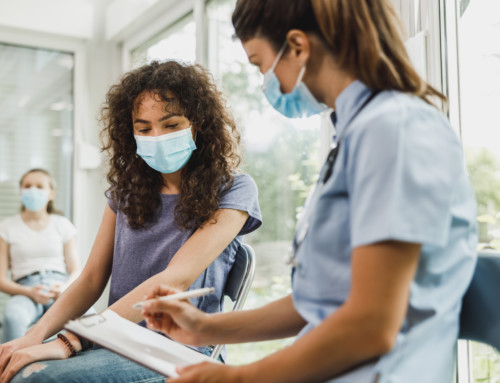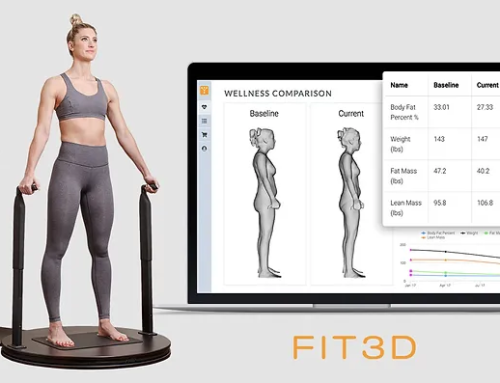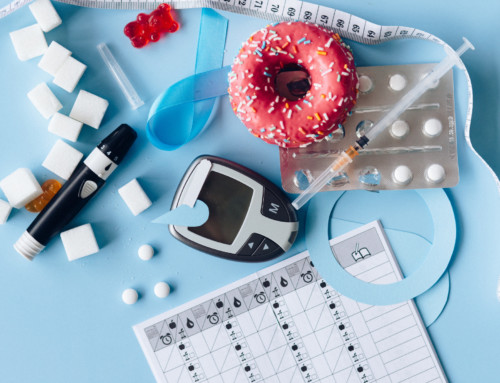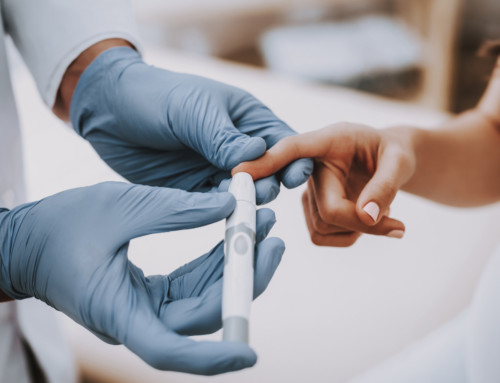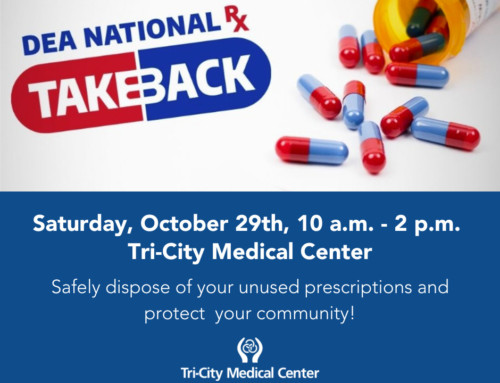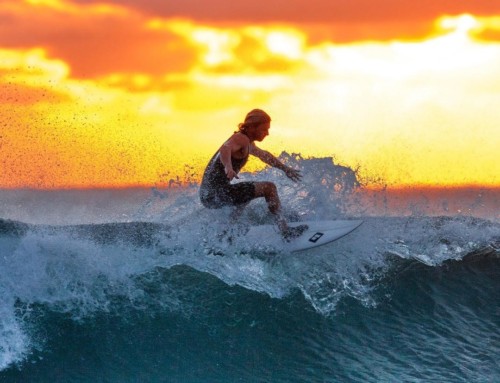Dr. Laura Desadier, Stroke Director at Tri-City Medical Center, says intense rehab is the best solution for patients to gain an independent lifestyle after stroke.
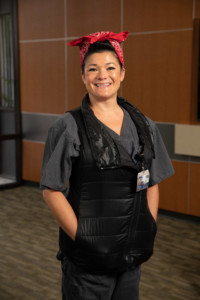 When you a loved one is having a stroke, every second counts. The location and quantity of brain tissue affected by a stroke can determine whether a patient walks out of the hospital, ends up in a nursing home, or worse. Such a traumatic event requires intense therapy. That is why Doctor Laura Desadier said nearly every stroke patient could benefit from Tri-City Medical Center’s Rehabilitation Center.
When you a loved one is having a stroke, every second counts. The location and quantity of brain tissue affected by a stroke can determine whether a patient walks out of the hospital, ends up in a nursing home, or worse. Such a traumatic event requires intense therapy. That is why Doctor Laura Desadier said nearly every stroke patient could benefit from Tri-City Medical Center’s Rehabilitation Center.
“That is what makes Tri-City so unique, particularly in North County… The Acute Rehab Unit is one of only a few in the entire county of San Diego that has acute rehab with dedicated three hours of therapy per day. It’s very intense. The goal of acute rehab is to go home to an independent living situation with a friend or family support versus going to a nursing home,” Dr. Desadier said. She said therapy is necessary for most patients to retrain the brain to work around the areas affected by a stroke.
A stroke occurs when an artery in the brain gets blocked or ruptures, damaging tissue in the brain, which controls the rest of the body. Patients could notice limited mobility range, muscle weakness or cognitive impairments after a stroke. “Something we think is very minor, like a little bit of slurring, may actually be something very significant… If the little muscles that help you smile are weak, that probably means the little muscles are also weak that control your airway when you swallow food. So now you can’t eat and drink anything,” Dr. Desadier said. If a stroke hits the left side of the brain, language and the right side of your body may be affected, while if the right side of the brain is affected, movement, cognitive skills and the left side of your body may be affected.
The Rehabilitation Center focuses on three categories of aftercare: physical therapy, occupational therapy and speech therapy. Physical therapy helps patients gain range of motion and muscle strength. TCMC has a gym with special equipment, like parallel bars to re-learn how to walk. Occupational therapy helps patients modify their everyday activities to gain independence, like putting on shoes and brushing your hair or teeth. Inside the hospital there is even a kitchen where patients can work on cooking and baking skills. Speech therapy works on a range of skills from communication and cognitive function to chewing and swallowing. Dr. Desadier said there is a lot of crossover between categories and these intense sessions change lives. “We know that early, aggressive rehab, if patients are able to tolerate it… you have a better outcome long-term.”
Dr. Desadier said patients generally spend 14-21 days in the rehab center, but each case is different. One of the largest challenges patients face is getting their insurance to pay for this necessary therapy. “Call your insurance company… The more people know, the more they can be their own advocate to support their family members,” Desadier said.
The average age of patients she sees are late 60s to 70s, but recently she’s seen more patients in their 40s and 50s. Thankfully, stroke is preventable. Dr. Desadier recommends talking with your doctor on what small steps you can take like increasing activity and minor changes to your diet to keep you healthy.
